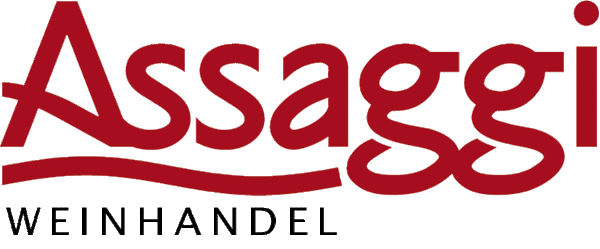Wie Beeinflusst Marketing die Wahrnehmung von Riesling-Weinen?
How Is Marketing Affecting the Perception of Riesling Wines?
The Placebo Marketing Effect in Riesling Wines
When exploring Riesling wines, the influence of marketing can often overshadow the wine's intrinsic qualities. The placebo marketing effect becomes evident when examining how producers like Weingut Keller present their wines. Keller’s G-Max, supported by strategic marketing and endorsements from prominent sources like the Frankfurter Allgemeine Zeitung, exemplifies how effective branding can elevate a wine’s perceived value. However, this effect is not universally successful; some producers, such as Robert Weil with his Monte Vacano, may overextend their marketing efforts, leading to a disconnect between the wine's actual appeal and its perceived value.
The Secondary Market for Riesling GGs: A Misleading Trend?
A closer look at the secondary market for Riesling GGs reveals a troubling trend. Recent vintages, such as the 2022 Dönnhoff Niederhäuser Hermannshöhle GG, often fetch significantly lower prices at auctions compared to their release prices. This discrepancy suggests that auctioning recently released wines may not accurately reflect their true market value. Anecdotal evidence from collectors who have successfully sold older bottles through specialized retailers highlights a robust demand for aged Rieslings. This indicates that while recent releases may struggle, the market for well-maintained, older bottles remains strong.
Rethinking Riesling: Is Dryness Really Necessary?
In the broader context of Riesling production, the Albert Mann philosophy challenges the notion that dry Riesling is inherently superior. Mann argues that Riesling is a Germanic wine and should be treated as such, with minimal interference in the fermentation process. Maxim Grünhäuser's attempts at producing GG wines demonstrate that sweeter Rieslings often outperform their dry counterparts, suggesting that residual sugar can enhance the wine's overall appeal. This perspective questions the prevailing trend of comparing German GG wines to Burgundy’s Grand Crus, suggesting that such comparisons may be misplaced.
Embracing the Future of German Wines
Despite the challenges, the VDP has created a valuable framework for German wines. The association’s GG category has led to innovative structures, even if they do not always align with traditional Grand Crus. Producers outside the VDP have adopted similar frameworks with varying degrees of success, indicating that consumers understand and appreciate these structures and their pricing. The trend towards small, high-quality releases and microvinification in wine and champagne reflects a growing consumer desire for exclusive, high-caliber products. Germany has the potential to excel in this area, offering fine wines across various price points and establishing itself as a leader in the wine industry.
